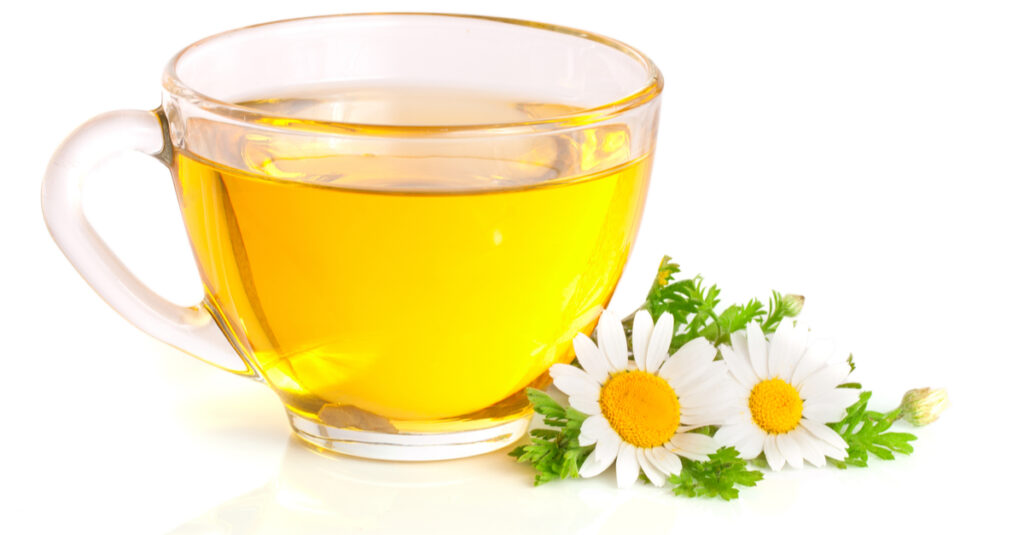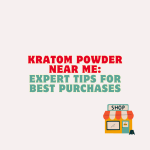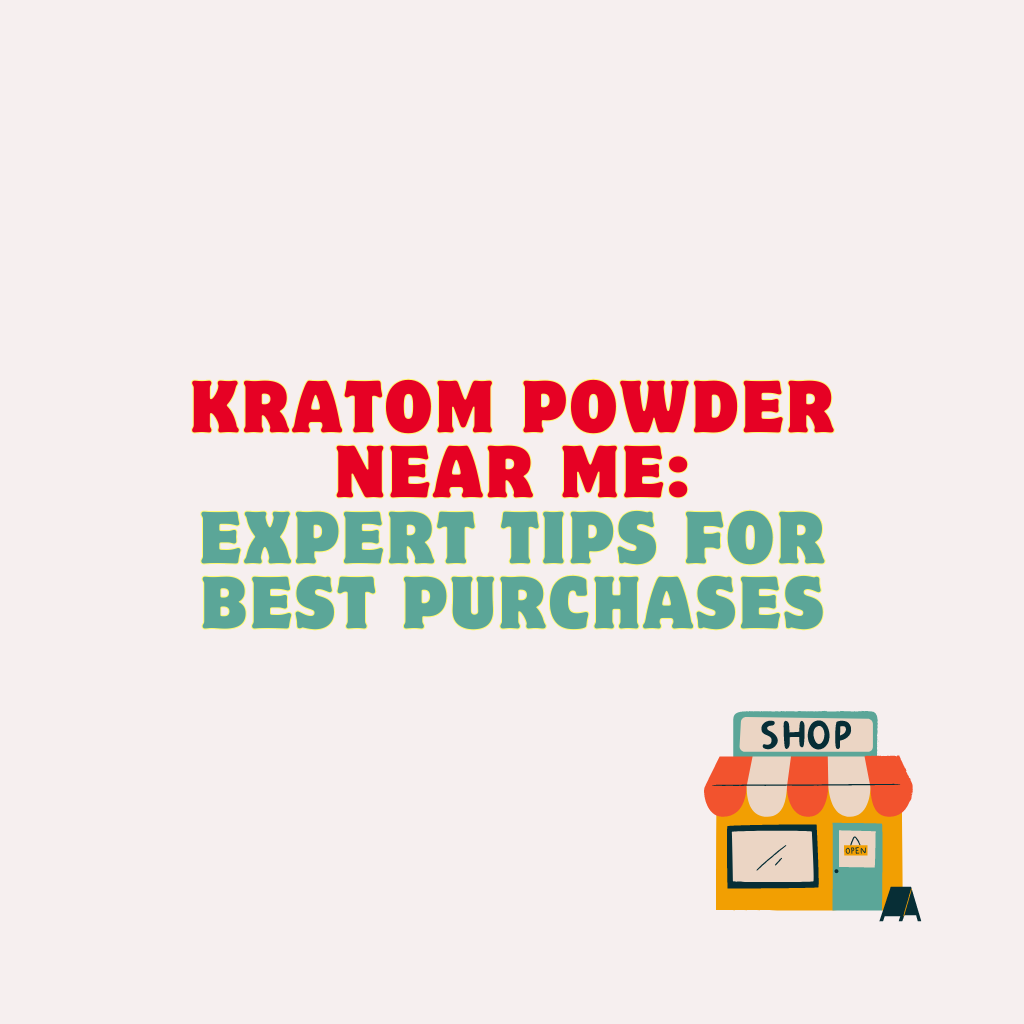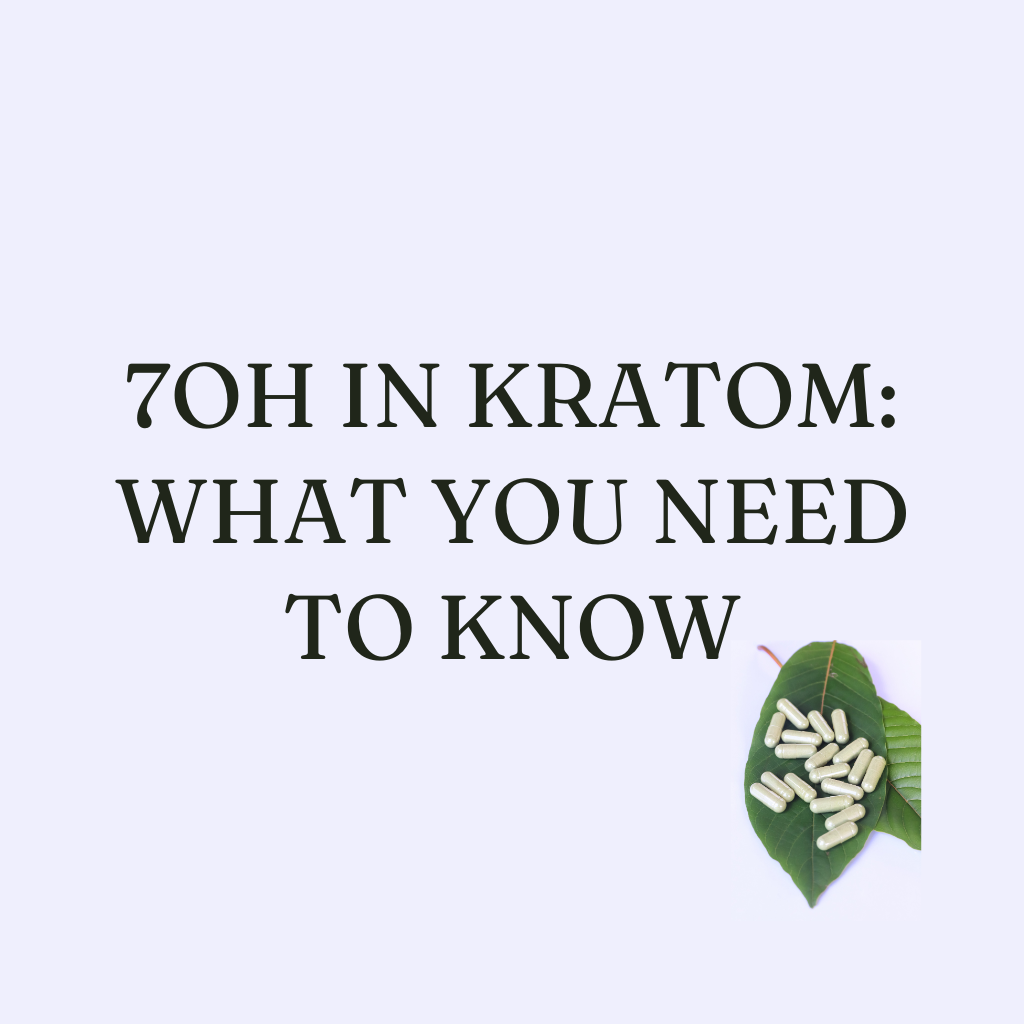
Free Shipping on Orders Over $75!
JOIN OUR EMAIL LIST FOR 20% OFF, weekly coupons up to 30% OFF
How Does Kratom Affect Your Kidneys? [and How To Recognize Them]

Kratom is lauded by many for its benefits but has also come under scrutiny for its side effects. Research is starting to focus on whether kratom may damage the kidneys and other organs in the body.
Kratom is associated with kidney damage in rare cases. However, kratom doesn’t specifically harm the kidneys. Kratom damage to the kidneys typically occurs following liver damage. As the liver fails to remove toxins, the kidneys are under more stress, and the increased workload can lead to organ damage.
I’ve got plenty to share on how kratom affects the kidneys, how concerned you need to be, and how to combat kratom side effects. Let’s dive straight in.
Will Kratom Damage My Kidneys?
It’s unlikely that you will experience kidney damage from kratom if you use the herb responsibly and never take more than you need. Kidney damage is not an early symptom, and the warning signals should be there that kratom is causing a problem before it damages your kidneys.
However, sustained consumption of high kratom dosages could damage your kidneys. While rare, kratom-associated kidney damage tends to occur among people taking kratom to the point of abuse. However, high kratom consumption also results due to addiction and dependence.
Recreational kratom users are perhaps more at risk of kidney problems. But therapeutic users are at risk of getting hooked and experiencing the consequences of chronic kratom usage.
Acute kidney failure caused by kratom may trigger a series of side effects. These include shortness of breath, weight loss and reduced appetite, swollen ankles, blood in urine, a need to urinate at night, itchy skin, insomnia, and fatigue.
Kidney failure worsens without treatment, and the organs may eventually stop working altogether. Failure to address kidney failure symptoms could even be life-threatening.
However, kidney failure due to kratom use is rare and not an immediate consequence of excessive kratom intake. To understand why kratom affects the kidneys, we must also explore its effects on the liver.
The Kidney and Liver Connection
The kidneys and the liver are closely connected. If kratom use is going to affect either organ, the latter will get first. The liver’s main job is to flush toxins out of the body. If kratom damages the liver so much it can no longer do so, the responsibility falls on the kidneys.
With the liver out of action, the kidneys are not prepared to handle the higher work rate and come under increasing strain – this can ultimately lead to kidney failure.
Kratom-related liver damage is referred to as hepatotoxicity, a term used for all chemical-related liver damage. LiverTox notes that kratom has caused liver injury in rare cases and that symptoms usually emerge within 1 to 8 weeks of taking kratom.
Cholestatic liver damage can cause fever, bone marrow toxicity, and acute renal failure. The Food and Drug Administration (FDA) has also attributed at least 24 cases of jaundice due to kratom-related liver damage. Jaundice, a yellowing of the skin, occurs when serum bilirubin levels in the blood skyrocket.
Scientists still have a lot to learn on how kratom affects the body and why it causes liver and kidney damage. So much remains unknown about how mitragynine, 7-hydroxymitragynine, and the other alkaloids in kratom impact the body.
But it’s not all worrying. Despite the organ damage that some have suffered due to kratom, it is reversible. In most cases, kidney and liver damage linked to high kratom consumption cleared up quickly once usage stops. Furthermore, doctors can prescribe medication to treat chemical-caused organ damage.
What to Do if You Notice Any Kratom-Related Symptoms on Your Kidneys

If you notice any kidney failure signs, stop using kratom. Something else may be causing the problem, but if it is kratom and you keep taking it, your kidneys could end up in an even worse condition.
Stopping your kratom intake for a period will help you work out the problem, and identify if any other action is necessary.
Kidney failure symptoms to look out for include tiredness, shortness of breath, blood in urine, urinating at night, swollen ankles, itchy skin, weight loss, reduced appetite, headaches, muscle cramps, and erectile dysfunction.
You should consult with your doctor, who will assess if any lasting damage has occurred. I know you might be concerned about your doctor giving you a lecture about kratom and telling you not to use it again.
However, a medical professional will be able to pinpoint the severity of your situation and prescribe treatment to manage symptoms. Your overall health is more important and you could unwittingly be putting yourself at risk.
If you are benefitting from kratom in other ways, I appreciate it may be difficult to stop. For many, kratom is a natural escape from pain and helps bring opioid addiction under control.
While still unproven, millions around the world swear by kratom. But kidney failure symptoms could prove very dangerous if left untreated.
Other Side Effects of Kratom
Kidney failure is not the only kratom symptom you need to know about. The herb is associated with numerous side effects – some a mere nuisance, some potentially harmful.
Kratom side effects also vary depending on the leaf type. For instance, energizing white leaf kratom is more likely to cause anxiety and paranoia.
Other side effects to watch for include nausea and vomiting, thyroid problems, hallucinations, delusions, tongue numbness, dry mouth, aggression, irritation, and constipation. In extremely rare cases, seizures, coma, and death have been attributed to kratom use.
Addiction, dependence, and withdrawal symptoms are also a concern with kratom. The opioid-like properties may be addictive, especially if you have no prior experience with opioid-based painkillers. Kratom is also linked to heart-related issues, such as high blood pressure and arrhythmias.
Heart-related kratom problems
Heartburn is a known kratom side effect but isn’t necessarily dangerous. Albeit less often, kratom is also associated with potentially more serious heart-related issues, such as high blood pressure and arrhythmias.
No studies have specifically explored whether kratom increases blood pressure, but high blood pressure is occasionally reported as a symptom of kratom use. Other factors, including weight, diet, and smoking cigarettes may influence whether kratom causes high blood pressure.
Meanwhile, kratom may cause arrhythmias – an abnormality in the heart’s rhythm. Some arrhythmias are harmless, and people live with them for decades without issues. However, sometimes arrhythmias are dangerous and possibly fatal. A 2014 study found that kratom may increase the likelihood of torsades de pointes, an unusual but life-threatening form of arrhythmia. Another patient, who died due to a kratom overdose, briefly experienced an arrhythmia before death.
Addiction

Kratom addiction is one of the more dangerous kratom side effects. Addiction and dependence can creep up on you. Before you know it, your body could be demanding harmful levels of kratom and threatening you with withdrawal symptoms if you try quitting.
People addicted to kratom are at greater risk of kidney failure due to the constant high intake.
The irony is that for a lot of people, kratom is helping treat addictions. But the opioid-like characteristics of mitragynine and other kratom alkaloids present an addiction risk.
As your body becomes tolerant to mitragynine, you could find yourself taking more and more for the same hit. That’s when you risk falling into the clutches of kratom dependence.
A word on kratom withdrawal symptoms: these are no joke and comparable to coming off any addictive substance.
Muscle aches, insomnia, diarrhea, abdominal cramps, and flu-like symptoms are commonly reported as withdrawal symptoms.
Reducing Kratom Side Effects
Keeping kratom side effects to a minimum is the best way to prevent kidney failure, liver damage, or any other health issues. Thankfully, with just a few tips and tricks, you can significantly reduce your risk.
Having control over your dosage is critical and will protect against addiction. But changing strains and using potentiators can also help. I’ll explain these in this section, and also show why you must buy third-party approved products
Dosage Control

Your body will quickly acquire tolerance to kratom, which might tempt you into upping your dosage. Your body demands higher dosages for the same effect as your opioid receptors become desensitized to the alkaloids in kratom.
But larger dosages come with the risk of more frequent and severe side effects, as well as addiction.
Keeping your dosage under control takes a little self-discipline, but is well worth it. Jot down a record of how much you are taking per day, and it won’t creep up on you.
Setting a personal daily dosage limit and never crossing it will also ensure your journey with kratom is a positive one.
Using a measuring spoon when taking powder or taking capsules instead will help monitor your daily dosage and maintain accuracy. I recommend staying away from highly-potent extracts if you have dosage issues.
Concentrated versions of kratom are much stronger and therefore have a better chance of getting you hooked.
Cycling Strains

If you only use one kratom strain, finding one or two others that work well will give you another tool in the fight against kratom side effects. Perhaps you like Green Malay for its well-balanced properties.
Why not pick up some Green Thai and Green Bali at Kratom Krush and cycle the strains?
That’s right. You can counter your body’s tolerance to one strain by introducing another. The slightly different alkaloid combination will confuse your body for a period.
As you acquire tolerance to a new strain, tolerance to the other will reduce.
Therefore, you can switch between strains and manage kratom tolerance without being lured into upping your dosage.
Potentiators

Potentiating substances enhance the effects of kratom and allow you to keep the dosage low. Taking kratom with a potentiator helps nullify the effects of tolerance.
I love chamomile tea when I’m taking a relaxing, red vein kratom. But I’m also fond of caffeinated drinks when using a stimulating white strain.
But when I have bitter kratom tea, lemon juice is my potentiator of choice. As well as boosting the mitragynine in the kratom, the strong citrus flavor makes the tea taste better!
Cayenne pepper, turmeric, black pepper, and grapefruit juice are also popular kratom potentiators.
Check for safety and quality
Chances of severe side effects and even death go up significantly with fake or unapproved kratom products. Unfortunately, fake and dodgy kratom is everywhere, with many scammers looking for quick earners in this unregulated market.
But with a little research, finding a legit kratom brand is easy. With the FDA not regulating the industry, the onus is on kratom companies to show they are making a genuine product.
Top brands submit products to independent labs for testing, ensuring the kratom is as potent as stated, and that it doesn’t contain any dangerous ingredients, heavy metals, or bacteria.
The dodgy companies can’t go along with third-party testing because they know they will fail. If a company hides something, assume they are dodgy.
A legit brand will be more than happy to give you all the details on their products. Purchasing from a reputable vendor helps avoid kidney failure and worse.
Buying kratom online is a safer bet than offline. Gas stations and convenience stores often stock poor-quality kratom with unknown safety profiles.
Kratom Krush has all the kratom products you could ever need! From powder to capsules to extracts, Kratom Krush has you covered and at ultra-competitive prices. Check them out today!
Did like a post? Share it with:
nimesh
Search
Table of Index
Post Categories
Related Posts
Where to buy kratom near me is a question that many users find themselves asking when looking for quality products
Finding the best Kratom Powder near me can feel difficult with so many options available locally. But steering through stores
Are you one of those scrolling on the internet for ‘7ALKS near me’? Are you looking for 7ALKS, 7-Hydroxy 15mg
7OH, or 7 hydroxymitragynine, is a significant alkaloid found in kratom that plays a crucial role in its effects. This
Curious about 7OH kratom? You’re not alone. As more people explore different botanical products, 7 hydroxymitragynine (7OH) has emerged as
Have you ever accidentally over-consumed kratom and experienced a hangover? Well, the good news is they’re easily avoidable. A kratom
Disclaimer
Must be 21 years or older to purchase kratom. Products are not for internal use. The US FDA Has Not Approved Kratom as a Dietary Supplement. We do not ship to the following states, cities and counties in the US where Kratom is banned Alabama, Arkansas, Indiana, Rhode Island, Tennessee, Vermont, Wisconsin. Sarasota County, Union County, Denver, San Diego. All sales should be 100% U.S. sales only.
Consult with a medical professional before use if taking prescription medication or affected by a serious medical condition. Always seek medical advice before using this or any other supplemental dietary product. These statements have not been evaluated by the Food and Drug Administration (FDA).
© 2025 Kratom Krush. All Rights Reserved.Privacy PolicyTerms & Conditions











